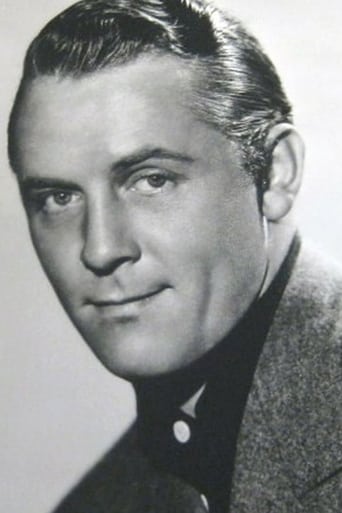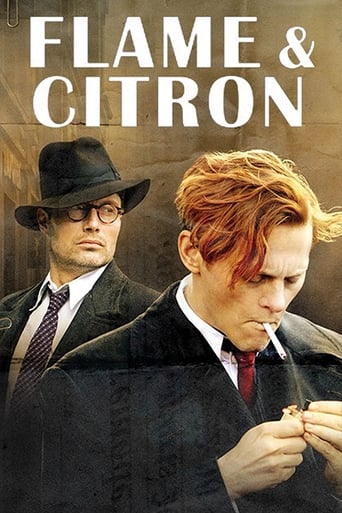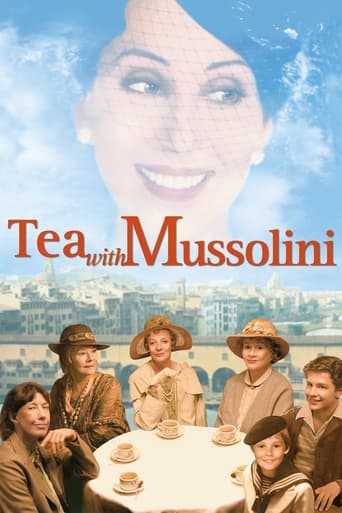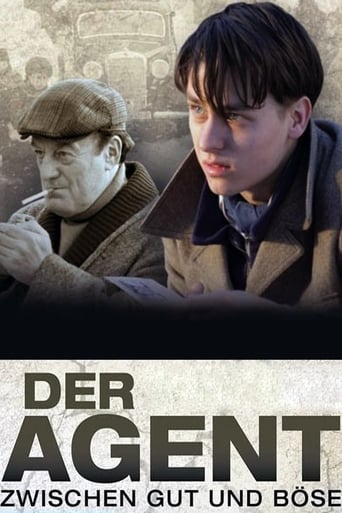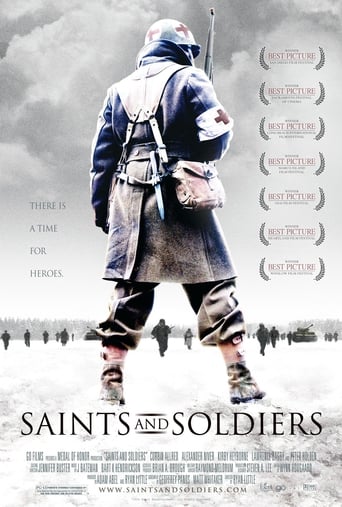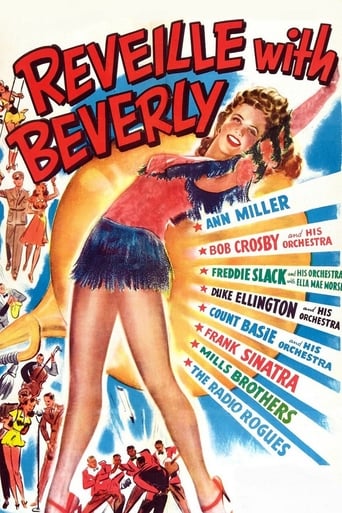
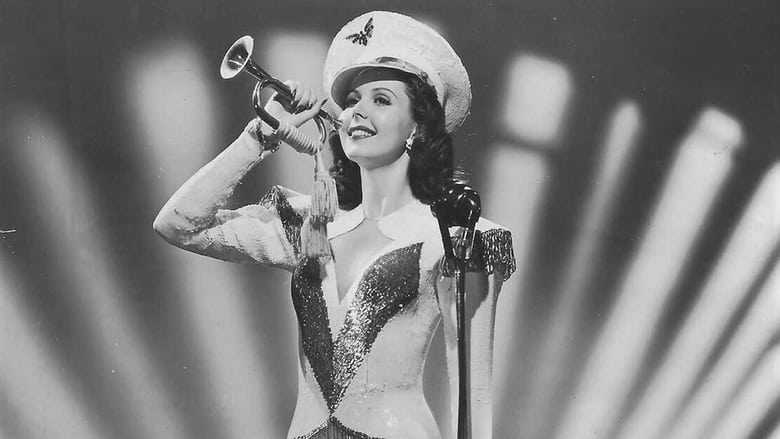
Reveille with Beverly (1943)
Beverly Ross, the switchboard operator at a local radio station, jumps at the chance to be the DJ for an early morning show before the soldiers at a nearby army camp assemble for reveille. Beverly, with her modern music, camp bulletins and chatter, is a hit with the soldiers. Beverly's younger brother and his two buddies are soldiers at the camp. The buddies vie for Beverly's attentions.
Watch Trailer
Cast
Similar titles

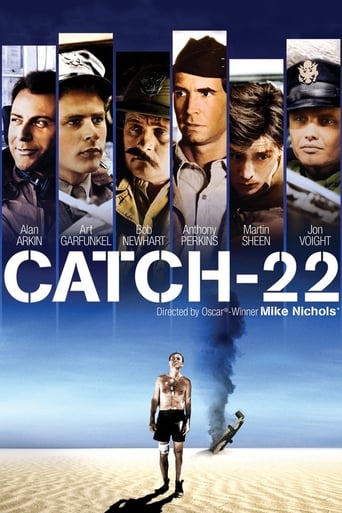
Reviews
Good concept, poorly executed.
Fantastic!
Pretty good movie overall. First half was nothing special but it got better as it went along.
Actress is magnificent and exudes a hypnotic screen presence in this affecting drama.
I gave the movie a 9 out of 10, despite the small plot. However, there is a reason for the story line. The basis for the movie was the story of Jean Ruth Hay. Probably the first DJ in the U.S., she was able to get an early morning spot on the radio in Colorado with a musical program for the soldiers stationed at Fort Logan; when her picture and story of her "Reveille" program was featured in Time magazine she was hired by a Los Angeles radio station (KNX-AM). Her programs from this station were broadcast all over the world to our troops engaged in WWII. An interesting side note is that, as a adviser to this film, she met and married band leader Freddy Slack, featured in the film.A young (19 when the picture was filmed in late 1942) Ann Miller does her best in this film - it's too bad that they didn't add another dance number or two for her, though! But the one number she does perform is done very, very well (as usual for Ms Miller).Watch for Ella Mae Morris and Freddy Slack's Orchastra with an excellent example of WWII music! Ella Mae Morris was one of the most requested singers by our soldiers during WWII - and you can see why after watching this film! At that time, Ella Mae was to singing as Ann Miller was to dancing - and Slack's Orchastra was one of the top bands during the war era, mainly because of Freddy Slacks ability with the Piano.Also, a rather stiff young singer by the name of Frank Sinatra has a musical number in the film. In it you can see why he was becoming the heart throb of the female teens back then.I was a preteen and then a very young teen during this era and it brings back many memories. In late 1942 when this movie was filmed (released in early 1943), the U.S. was not winning the war at all - just battling almost to a stalemate in the Pacific (at a terrible cost of lives), and not able to do much of anything in Europe. A small number of U.S. troops were sent to Africa to help the British that were having a rough time with the German/Italian forces entrenched in the Northern coast, though.America desperately needed films like this to keep peoples spirits up. Like many Americans, I had relatives in Europe that were literally run over by Hitler's troops - troops that were easily sweeping through European country after country. Would America fall to the German Blitzgrieg? No one knew at that time, and everyone was scared! Films such as this helped rally American workers to produce an unbelievable amount of weapons. The shear number of planes, tanks, artillery, and the like that were turned out played a large part in overwhelming the enemy...
Just took another trip down memory lane by watching the 1943 movie, "Reveille With Beverly". A few of the details had been forgotten over the 64 years since the original viewing but the music was remembered! The reprise of the records which were so popular at that time and which kept wearing out turntable needles was a joy to the ears. The Mills Bros. (with John Sr instead of the original John Jr) were a soothing sound. Count Basie was a must with his 'One O'Clock Jump'. Bob Crosby with bassist Bob Haggart and drummer Ray Bauduc gave us "Big Noise From Winnetka". Then Duke Ellington and his great organization gave us his theme song, 'Take the A Train'. Frank Sinatra gave us a production staged rendition of ' Night and Day'. That is to say, it featured many violinists and pianists of gowned femininity. But the arrangement was the record which was so popular on a 78. Ella Mae Morse with the backing of Freddie Slack and his orchestra gave us the 'Cow Cow Boogie' in her own inimitable way. Finally the Radio Rogues were brought in to give us a smorgasbord of various popular radio performers of the time and of the past. There were the usual imitations of 'Lum and Abner'; 'Amos and Andy'; Kate Smith; Ben Bernie; Red Skelton; etc. Ann Miller finished up with a production number which was strapped by budget. If you like swing and remember WWII, this is a delight.
Built around a thin plot which serves as an excuse to parade a bunch of then current pop bands, singers and comedy acts, this little programmer from Columbia spotlights ANN MILLER in the central role as a disc jockey who directs her show at the U.S. Armed Services.She gets involved with two young soldiers--WILLIAM WRIGHT (who resembles John Carroll) and DICK PURCELL, has frequent disagreements with her radio boss, and ends up as the feature attraction in a service show where she displays her tap-dancing skills. The plot, almost non-existent, serves as a prop to show some of the performers whose records she plays for the soldiers--including Count Basie, Duke Wellington, Frank Sinatra, Bob Crosby, The Radio Rogues and The Mills Brothers.In a strictly subordinate role is LARRY PARKS, only a few years away from stardom in "The Jolson Story", but here a virtual unknown as a fellow soldier. IRENE RYAN has a small role as a ditsy secretary.The acts are standard stuff, except for singer FRANK SINATRA who does a standout job on "Night and Day" and performs before the camera with remarkable ease and poise a few years before becoming a major film star.Pleasant WWII musical gets a lift from the musical numbers, but it's strictly second-rate as a substantial musical.
This is a truly awful "B" movie. It is witless and often embarrassing. The plot, the basic "making into show business" routine, is almost nonexistent. In fact, the film is merely an excuse to push the war effort and highlight some popular music groups of 1942, including the Mills Brothers, Count Basie, Duke Ellington, Bob Crosby, and Freddy Slack. Each group gets about the standard three minutes, the exception being the Mills Brothers, who for some reason warranted two numbers. Ann Miller doesn't get to dance until the last couple of minutes of the film, and she has little to do but strut her stuff amid a barrage of patriotic propaganda.The most interesting moment in the film, in my view, occurred in the Duke Ellington segment. The band appears to be playing in a train, standing in awkward positions. (In the deep South at the time, the band was segregated in railroad cars when traveling.) Johnny Hodges is seen next to Duke, and Harry Carney may also be identified. In the last moments of the film, trumpeter/violinist Ray Nance rushes down the aisle to the camera and does an "uncle Tom," bugging his eyes and wiggling his head the way Willy Best did in many films. For modern viewers, especially jazz fans, this homage to segregation is sad indeed. Some movies go best unseen.


